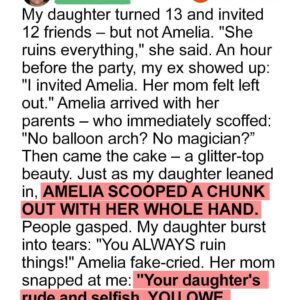I’ve never been a big fan of bugs. In fact, I think a lot of us can agree that while some insects are beautiful and fascinating, others can creep you out. And then there are those that are downright harmful—not just to us, but to our plants, crops, and sometimes even animals. Most of the time, when I see a bug, I just let it go. I’m not in the business of harming any living creature without a good reason. However, when it comes to the lanternfly, or Lycorma delicatula, the scenario changes drastically.
The lanternfly is an insect you might want to get rid of immediately if you spot it. And believe me, I’ve had my own run-ins with these pests in my backyard. There they were, clustered on my favorite maple tree, looking almost beautiful with their distinctive and colorful wings. But don’t let their appearance fool you—these insects are destructive.

What is a Lanternfly?
The lanternfly, despite its charming name, is a significant pest. It originated in China and was first spotted in the United States in Pennsylvania in 2014. Since then, it has been spreading across various states, leaving a trail of agricultural and ecological damage. The thing about the lanternfly is that it’s not just a problem for commercial farmers; it affects backyard gardeners like myself just as severely.
The Damage They Cause
Lanternflies feed on the sap of a wide range of plants and trees. This feeding process not only weakens the plant but can also lead to the growth of sooty mold due to the sticky, sweet substance called honeydew that they excrete. This mold further harms the plant by inhibiting photosynthesis, effectively choking the life out of it. In my case, I noticed the once vibrant leaves of my maple turning dull and blackened as the mold spread.

Appearance of the Lanternfly
Identifying a lanternfly is key to controlling its spread. Adults are about an inch long and half an inch wide. They have a striking appearance with wings that are gray with black spots at the front and a blend of red and black sections hidden beneath. When they fly, the bright red underwings create a vivid flash of color that is quite eye-catching. Juveniles, known as nymphs, are black with white spots and turn red before reaching maturity.
Feeding Process
The lanternfly uses a long, needle-like mouthpart to pierce the plant and access the sap. This feeding style is particularly harmful because it allows the insect to tap directly into the plant’s nutrient channels, sapping its life energy away efficiently. Observing them at work on my plants was both fascinating and horrifying.





